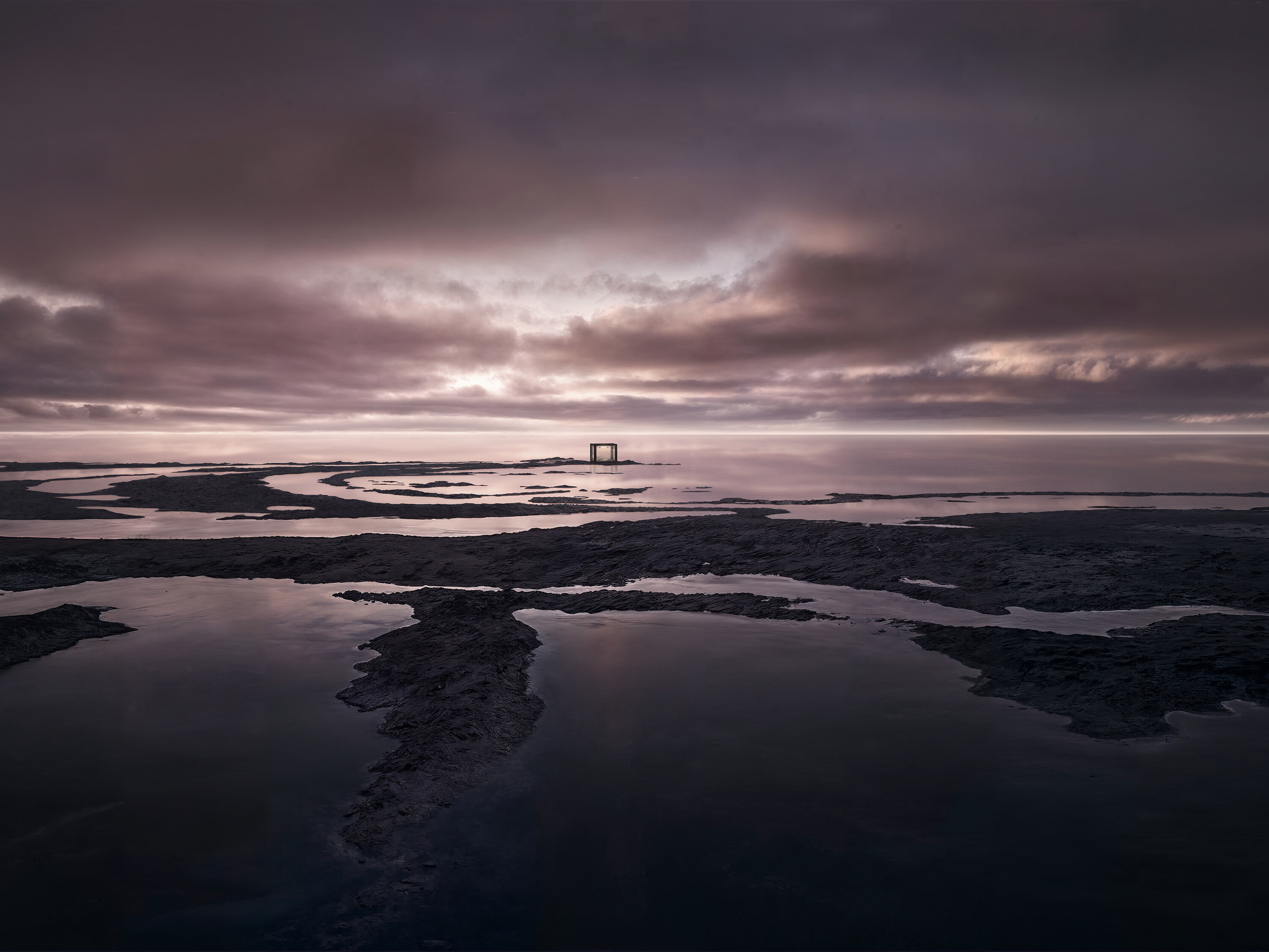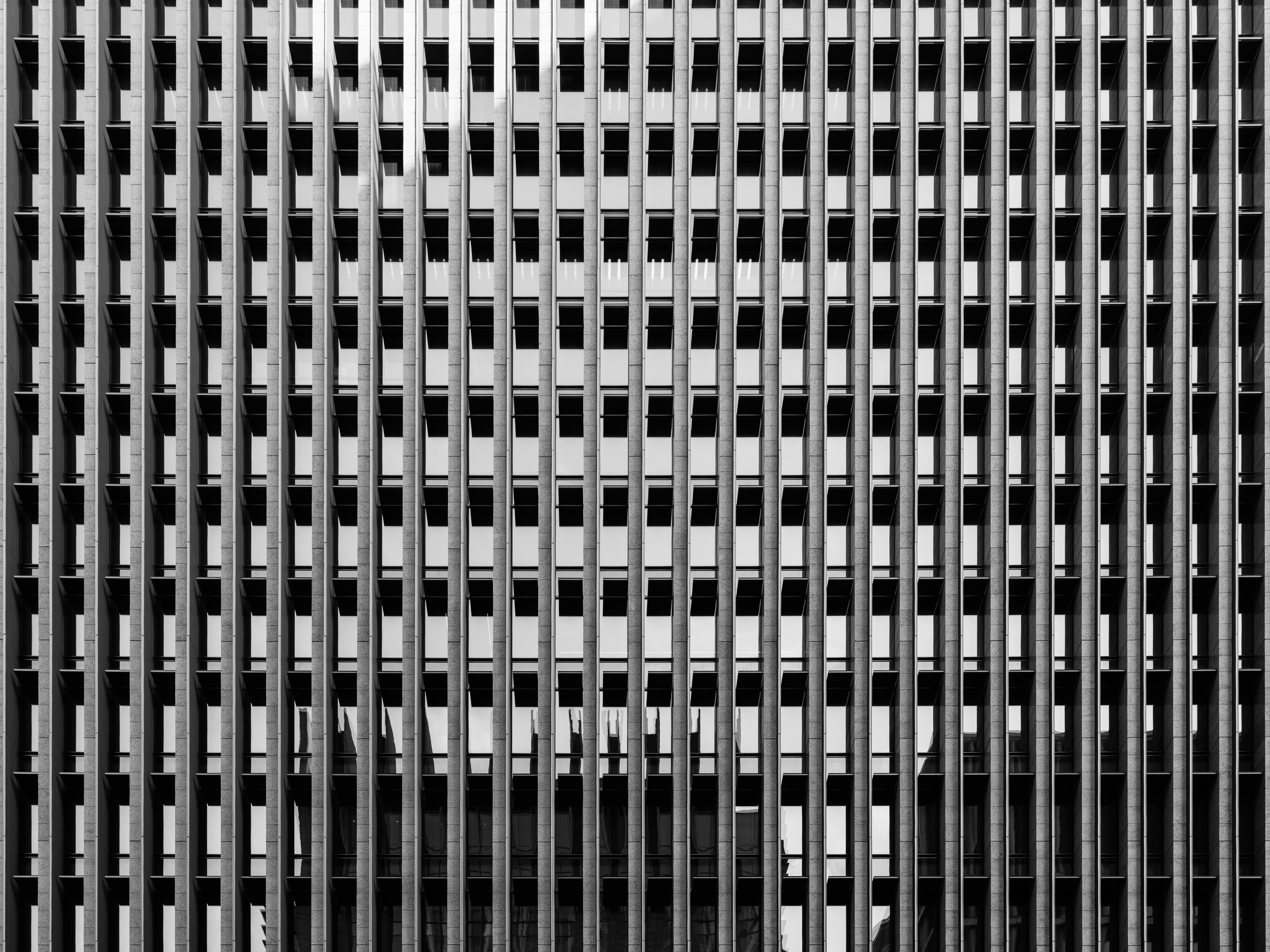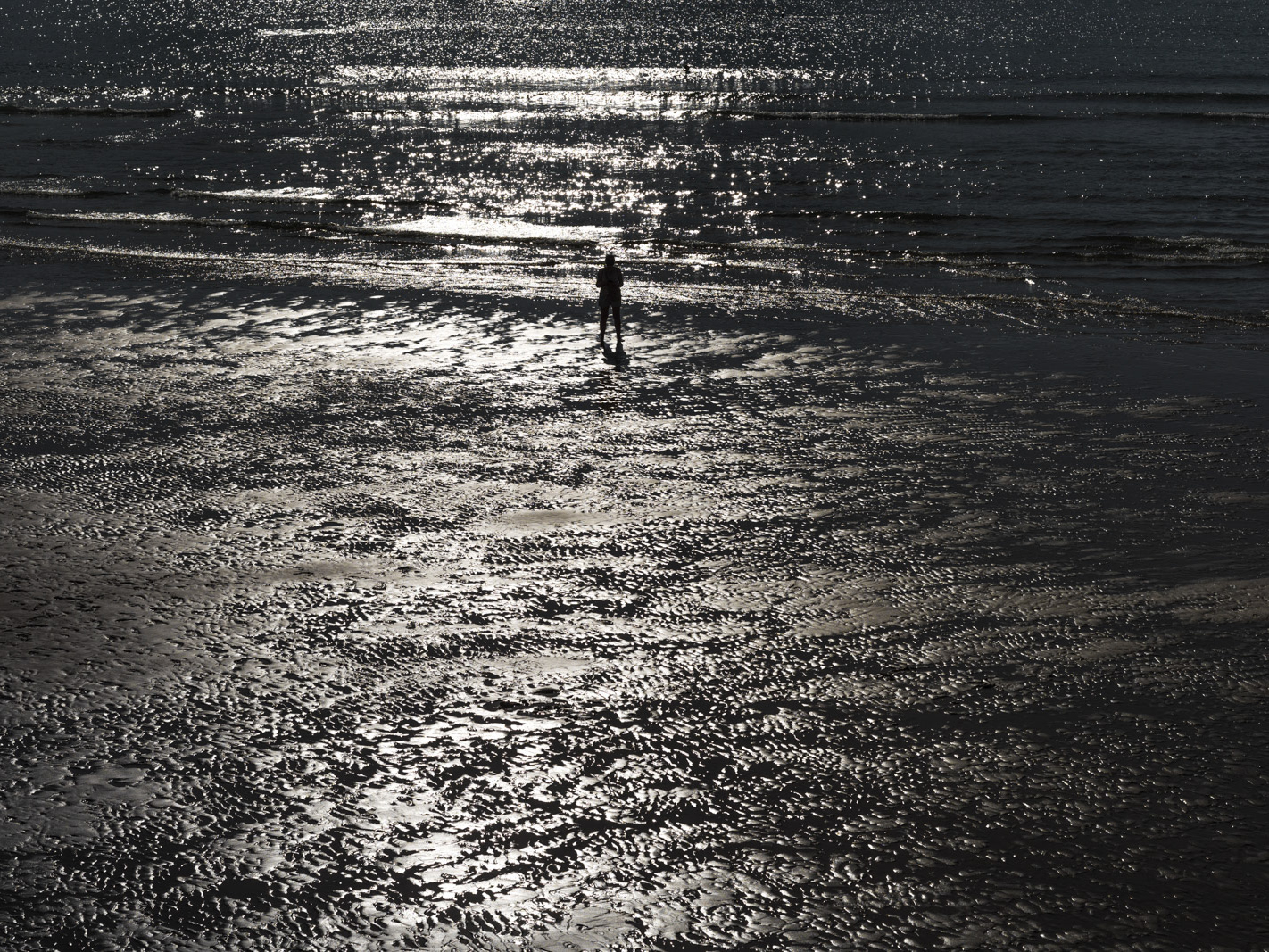In Ovid’s Metamorphoses, Queen Alcyone is transformed into a bird to relieve her from her grief about her husband’s death at sea. According to the myth, Zeus pities her, and orders the sea to be calm for a few days in the middle of winter just for her, which is why we call the short period of mild weather observed in Europe every January as the Halcyon Days. The term has come to mean generally any period of respite amidst a harsher condition, whether it’s a tempestuous season, a political crisis or a war; it’s a window of time when grace miraculously descends on the tormented, and pressure is replaced by sweet relief.
The series Halcyon Days (2016, ongoing) reflects this sentiment of serenity and peace, and is Aristotle Roufanis’s calmest body of work. This ongoing series is taken from airplanes during the photographer’s trips around the world, and captures the fleeting shapes and light conditions of cloudscapes as seen from high above. What is important for Aristotle Roufanis is not the fact that these photos were taken from an aircraft, but that the viewer is on the same level as the clouds, which in turn creates a quite different relationship between the viewer and the rolling cloud formations that float above our human world. For the photographer, this is a proposition to look at the divine realm of the sky from the same elevated position: although we have learned to look at things from below, we can change our perspective of things when we face something on its own level, in this case to gaze and study the hefty clouds from the vantage point of the gods.
Interestingly, Queen Alcyone was the daughter of Aeolus, the god of the winds; and it’s the winds that carry the clouds around, billowing through their cottony formations whilst folding, rising and dispersing their vaporous bodies. In Aristotle Roufanis’s Halcyon Days there is certainly an appreciation of the beauty of impermanence, in the sense of Japanese wabi-sabi and how imperfect and temporary things can possess their own value and aesthetic virtue. It’s also a way to embrace patience in the face of hardship, and a reminder that even in the darkest of days, the clouds will eventually disperse and light will shine through once more.
Text by Kiriakos Spirou
Halcyon Days I, 2016
Halcyon Days II, 2016
Halcyon Days III, 2016
Halcyon Days IV, 2017






